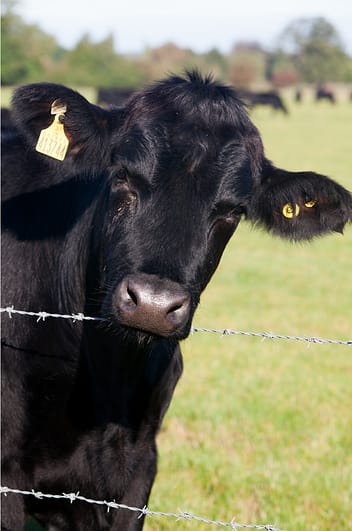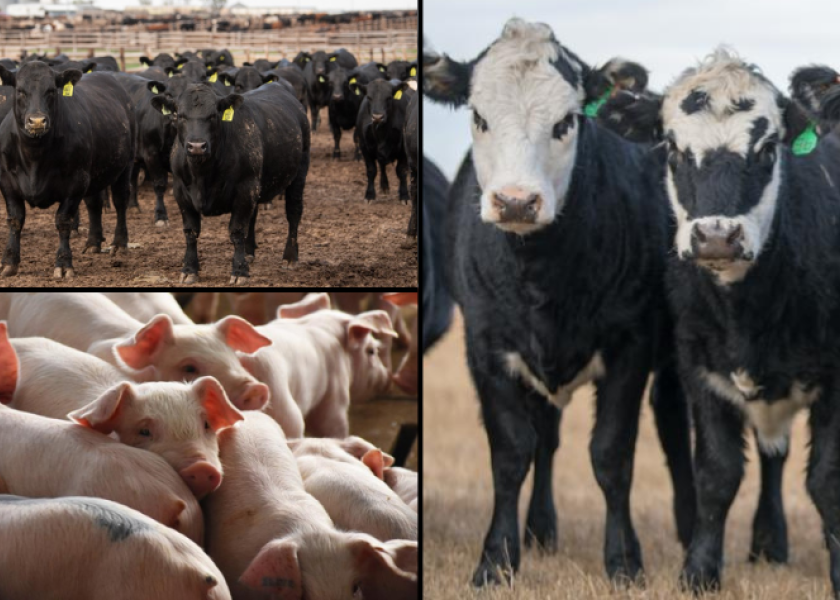Bagley Risk Management Solutions: Your Shield Versus Uncertainty
Bagley Risk Management Solutions: Your Shield Versus Uncertainty
Blog Article
Recognizing Livestock Threat Protection (LRP) Insurance Policy: A Comprehensive Overview
Browsing the realm of livestock threat defense (LRP) insurance coverage can be an intricate undertaking for many in the agricultural industry. From exactly how LRP insurance coverage operates to the numerous coverage choices readily available, there is much to reveal in this comprehensive guide that might potentially shape the method livestock producers approach threat monitoring in their businesses.

Exactly How LRP Insurance Works
Occasionally, recognizing the auto mechanics of Livestock Danger Defense (LRP) insurance coverage can be complex, but damaging down just how it works can provide clarity for farmers and herdsmans. LRP insurance coverage is a risk monitoring tool designed to shield livestock manufacturers against unanticipated cost decreases. The policy permits producers to establish a coverage degree based on their particular needs, selecting the number of head, weight array, and protection price. Once the policy is in area, if market costs fall listed below the protection rate, producers can file an insurance claim for the difference. It is essential to note that LRP insurance coverage is not a profits warranty; rather, it focuses solely on cost threat protection. The protection duration generally varies from 13 to 52 weeks, offering adaptability for producers to select a period that aligns with their manufacturing cycle. By making use of LRP insurance, farmers and herdsmans can mitigate the monetary threats connected with rising and fall market costs, ensuring greater stability in their procedures.
Eligibility and Coverage Options

When it comes to coverage choices, LRP insurance coverage offers producers the versatility to pick the coverage level, protection period, and endorsements that ideal match their danger management needs. By recognizing the qualification requirements and protection options available, animals producers can make educated decisions to handle threat effectively.
Benefits And Drawbacks of LRP Insurance
When examining Animals Threat Defense (LRP) insurance policy, it is necessary for livestock producers to weigh the advantages and disadvantages inherent in this threat management device.

Among the main advantages of LRP insurance is its ability to offer defense against a decrease in livestock rates. This can assist protect producers from monetary losses resulting from market changes. In addition, LRP insurance coverage offers a degree of versatility, allowing producers to tailor coverage degrees and policy durations to fit their specific requirements. By securing an ensured rate for their livestock, manufacturers can much better manage risk and strategy for the future.
Nevertheless, there are likewise some drawbacks to consider. One restriction of LRP insurance is that it does not shield versus all kinds of threats, such as condition break outs or all-natural catastrophes. Costs can sometimes be expensive, particularly for producers with big livestock herds. It is crucial for manufacturers to thoroughly examine their individual danger direct exposure and economic scenario to establish if LRP insurance is the appropriate threat monitoring device for their operation.
Recognizing LRP Insurance Premiums

Tips for Making Best Use Of LRP Conveniences
Taking full advantage of the advantages of Animals Danger Security (LRP) insurance calls for tactical preparation and proactive threat administration - Bagley Risk Management. To maximize your LRP protection, consider the complying with pointers:
Frequently Assess Market Conditions: Keep notified regarding learn this here now market fads and cost changes in the animals industry. By keeping track of these factors, you can make educated decisions regarding when to purchase LRP insurance coverage to secure against prospective losses.
Establish Realistic Coverage Levels: When choosing insurance coverage levels, consider your manufacturing prices, market value of livestock, and potential threats - Bagley Risk Management. Setting reasonable protection degrees makes certain that you are adequately secured without paying too much for unnecessary insurance coverage
Expand Your Coverage: As opposed to counting solely on LRP insurance, think about diversifying your risk monitoring approaches. Combining LRP with other risk monitoring tools such as futures contracts or choices can offer thorough protection against market uncertainties.
Testimonial and Readjust Coverage On a regular basis: As market problems transform, regularly assess your LRP coverage to guarantee it lines up with your existing risk exposure. Readjusting protection levels and timing moved here of acquisitions can assist enhance your danger security method. By complying with these suggestions, you can make the most of the advantages of LRP insurance policy and guard your livestock operation versus unpredicted dangers.
Conclusion
In conclusion, livestock risk defense (LRP) insurance policy is an important tool for farmers to manage the economic threats related to their livestock operations. By recognizing exactly how LRP works, qualification and coverage options, as well as the benefits and drawbacks of this insurance, farmers can make informed choices to safeguard their resources. By thoroughly taking into consideration LRP costs and applying approaches to take full advantage of advantages, farmers can alleviate possible losses and make certain the sustainability of their operations.
Animals manufacturers interested in obtaining Livestock Threat Protection (LRP) insurance policy can explore an array of qualification standards and insurance coverage alternatives customized to their details animals operations.When it comes to protection alternatives, LRP insurance policy uses manufacturers the versatility to select the insurance coverage degree, protection period, and endorsements that ideal suit their danger administration requirements.To comprehend the details websites of Animals Risk Defense (LRP) insurance policy totally, recognizing the elements affecting LRP insurance premiums is important. LRP insurance premiums are established by numerous components, consisting of the coverage degree chosen, the anticipated rate of livestock at the end of the coverage period, the kind of livestock being guaranteed, and the size of the coverage period.Testimonial and Adjust Protection Routinely: As market conditions change, regularly examine your LRP insurance coverage to guarantee it straightens with your present threat direct exposure.
Report this page